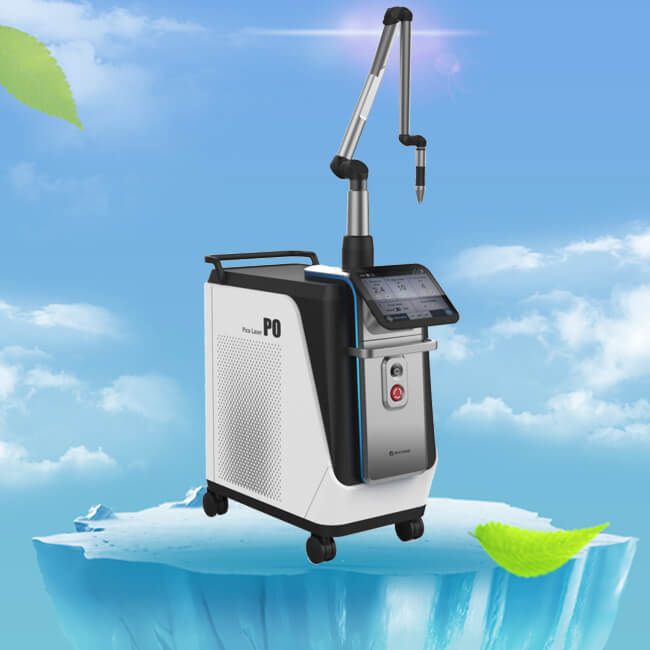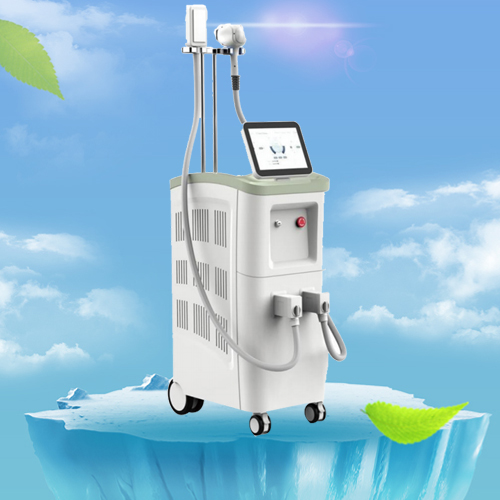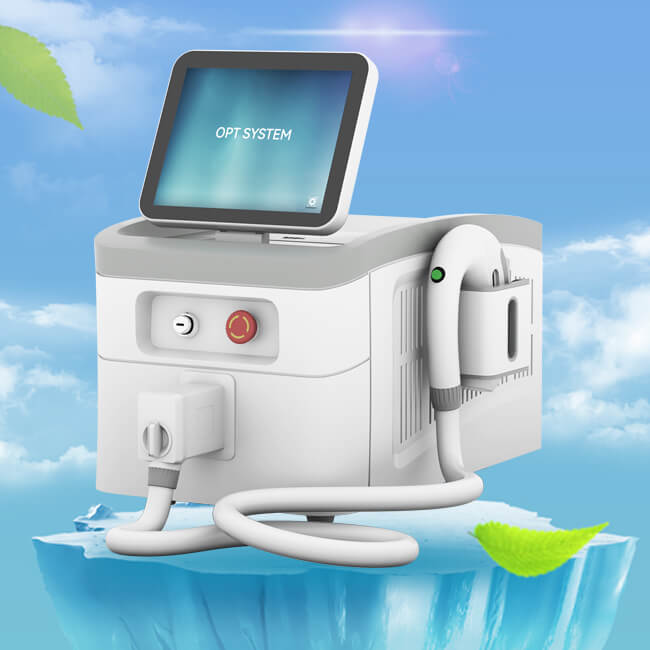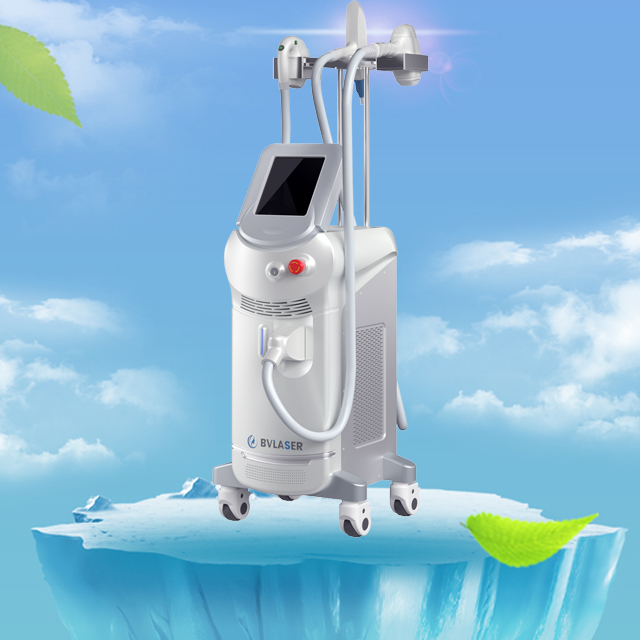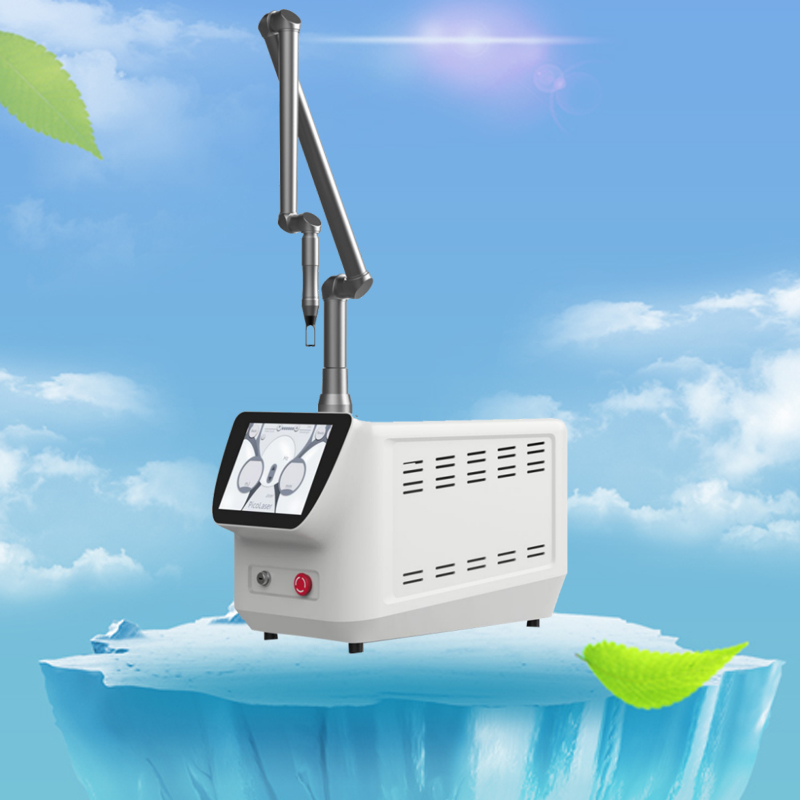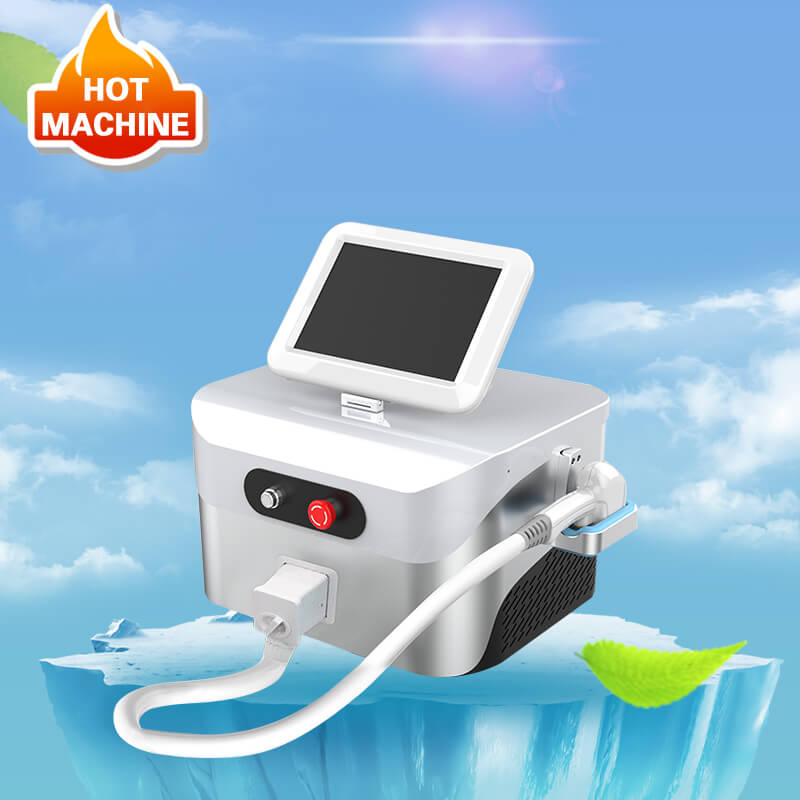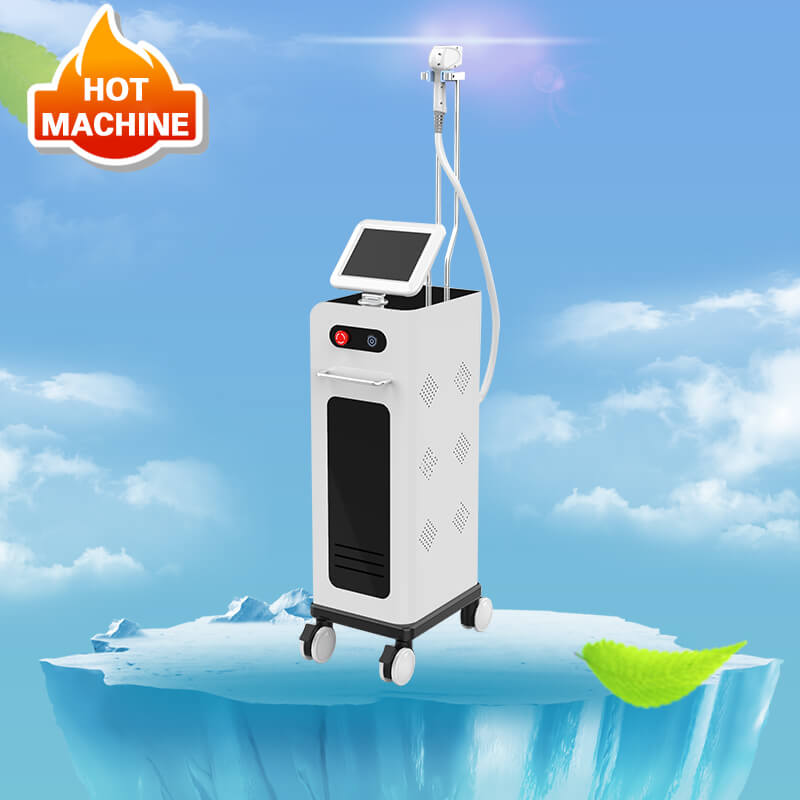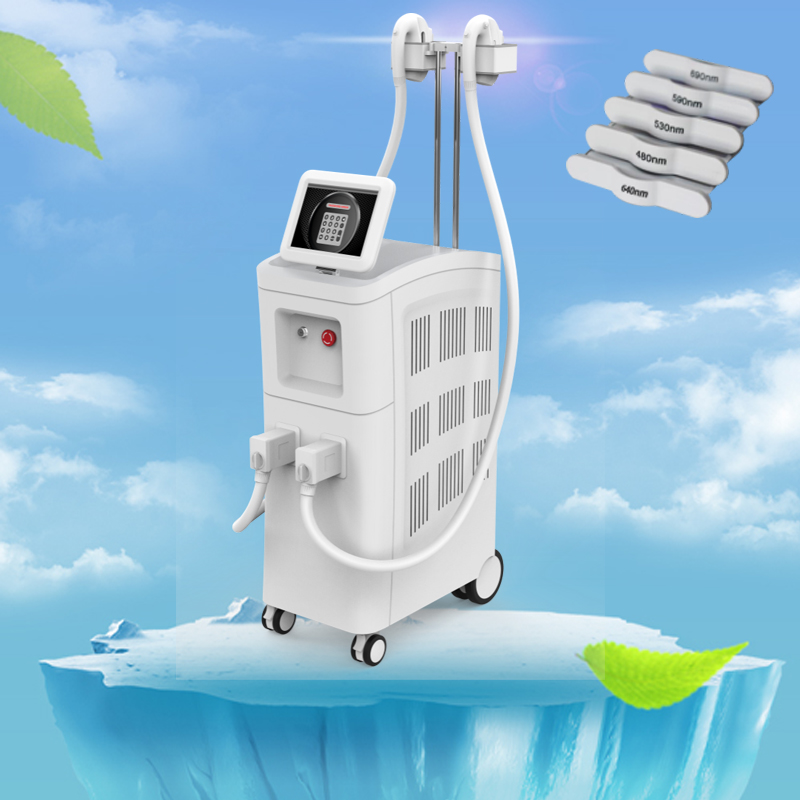Picosecond laser machine for pigment removal
Author:baishilf Time:2024-02-21 16:01:41
A high power picosecond laser machine is a device that uses ultra-short pulses of energy to remove unwanted pigment from the skin, such as tattoos, dark spots, acne scars, and melasma. The picosecond laser device works by shattering the pigment particles into tiny fragments, which are then eliminated naturally by the body. The advantage of using a picosecond laser over a traditional laser is that it minimizes the risk of skin damage and reduces the downtime after the treatment. Bestview Laser can provide OEM picosecond laser machine.

Is picosecond laser treatment painful?
Picosecond laser treatment is not painful, but you may experience some slight, temporary discomfort, such as redness, swelling, or pinpoint bleeding. The pain level may also depend on the area and condition being treated, the wavelength and fluence of the laser, and the individual’s pain tolerance. Some patients may use topical anaesthetics or cooling devices to reduce the pain sensation during the treatment. Picosecond laser treatment is generally less painful than other laser treatments, such as Q-switched lasers, because it causes less thermal damage to the surrounding tissue.
What are the side effects of picosecond laser treatment?
Some possible side effects of picosecond laser treatment are:
1.Skin redness, irritation, swelling, and peeling for three to 10 days after the procedure (similar to a sunburn) .
2.Hypopigmentation (lack of melanocytes) in treated areas.
3.Post-inflammatory hyperpigmentation (temporary hyperpigmentation of injured or irritated skin that occurs more often in people with darker skin tones)
These side effects are usually mild and temporary, but they may vary depending on the individual’s skin type, condition, and sensitivity. To reduce the risk of side effects, it is important to follow the post-treatment instructions given by the dermatologist or aesthetician, such as avoiding sun exposure, applying sunscreen, moisturizing the skin, and avoiding harsh products or treatments on the treated area.

Can I get a picosecond laser treatment if I have dark skin?
As different picosecond laser devices and settings may have different effects on darker skin tones. Generally speaking, picosecond lasers are relatively contraindicated in patients with darker skin tones (ie, Fitzpatrick skin types 4–6), who are more susceptible to side effects from laser treatment. However, some newer picosecond lasers, such as the 730-nm wavelength, have shown strong efficacy and safety in treating pigmentary disorders in darker skin types. Therefore, the suitability of picosecond laser treatment for your skin tone may depend on the type of device, the wavelength, the fluence, the spot size, the pulse duration, and the cooling method used by the dermatologist or aesthetician.
How long does picosecond laser treatment to see results?
The time it takes to see results from picosecond laser treatment may vary depending on the type and severity of the condition being treated, the wavelength and settings of the laser, and the individual’s skin response. In general, the results can be seen after 1-2 treatments in people with freckle problems. The results will be noticeable after 5-6 sessions of continuous treatment in people with more severe problems, such as tattoo removal or melasma. The full benefits of a picosecond laser treatment may not be immediately visible, as it takes time for the skin to respond and for collagen remodeling and pigment clearance to occur. Results can continue to improve over several weeks or months as the skin undergoes its natural healing and rejuvenation processes.
If you have any concerns or questions about picosecond laser treatment for pigment removal, you should consult a qualified professional who can assess your skin and recommend the best option for you.





